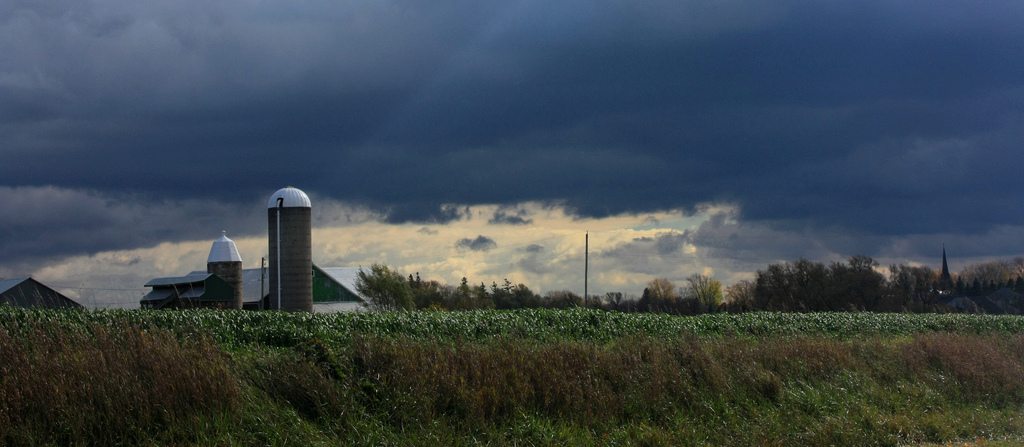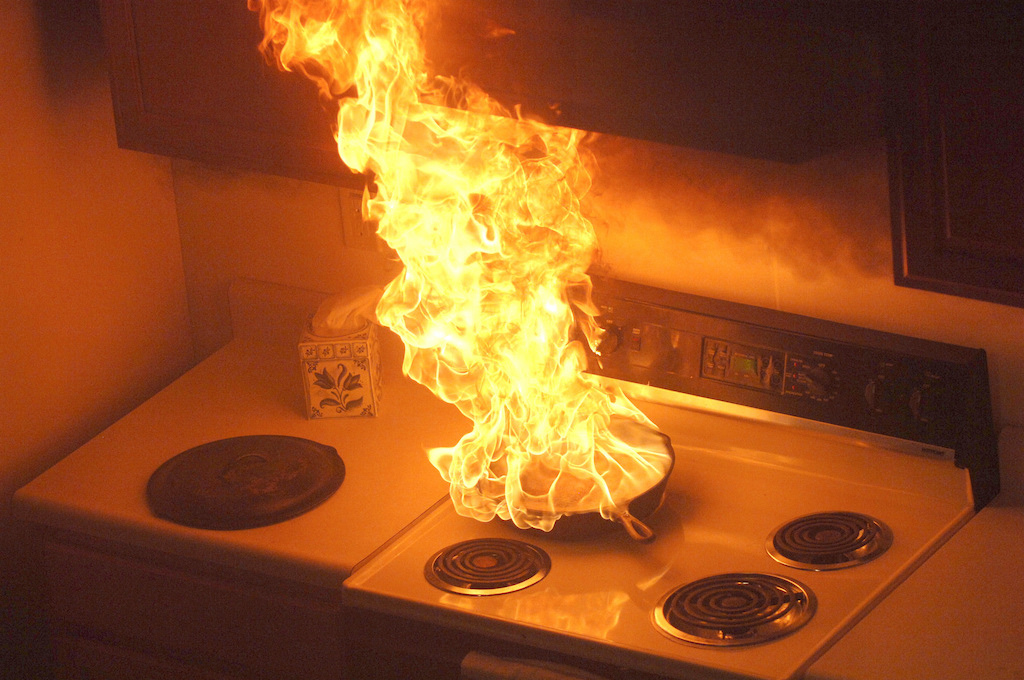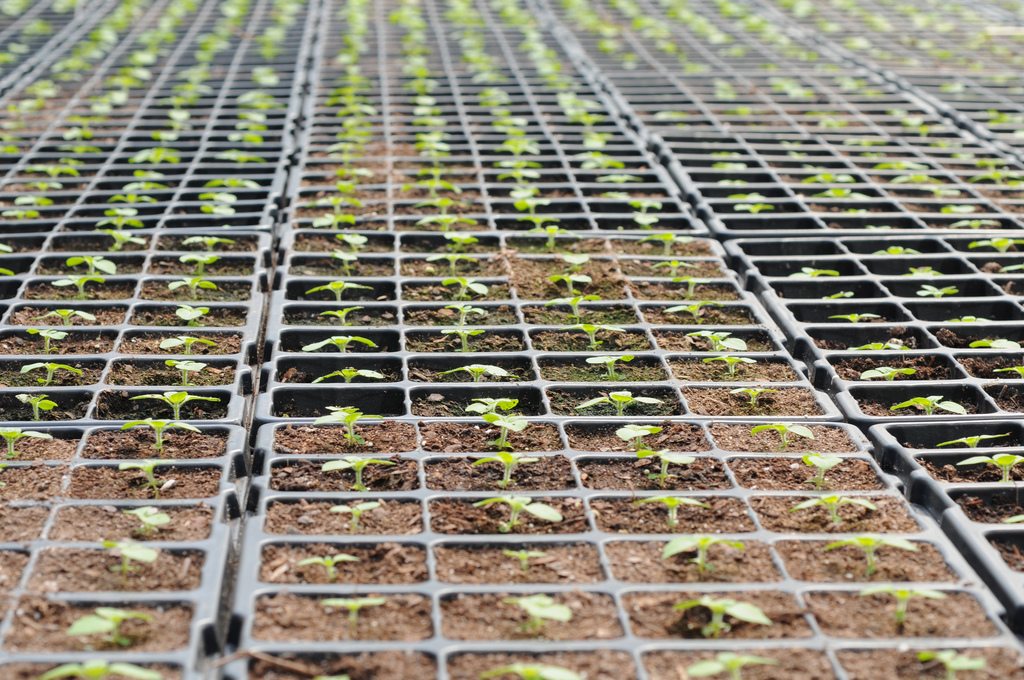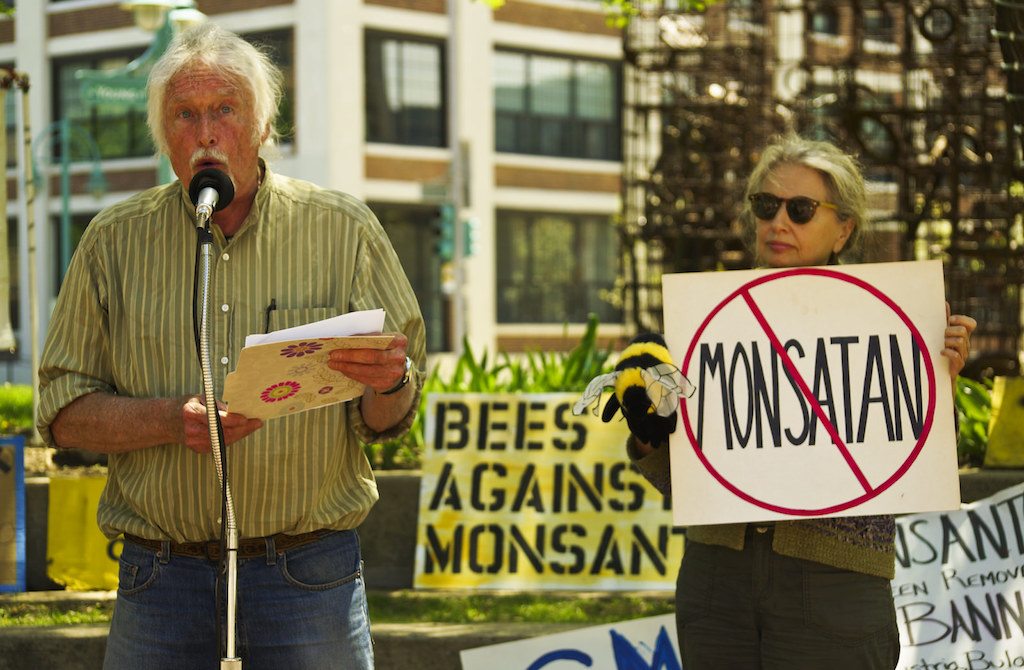The worst of times? The House Agriculture Committee last week held a hearing on the state of American agriculture in a session called “Rural Economic Outlook: Setting the Stage for the Next Farm Bill.” It might have more accurate to call it “Rural Economic Outlook: Bleak.” Agriculture Committee Chairman K. Michael Conaway started off on a gloomy note by citing the fact that farm incomes have fallen 45 percent in the past three years; from there, the picture grew increasingly dire.
An economist from the Federal Reserve Bank of Kansas City noted that farm incomes have fallen for four straight years, a downturn that has led to “gradual but steady increases in financial stress.” He also noted that demand for loans has risen, especially for short-term loans—and that nearly 60 percent of new farm loans are used to finance operating expenses, rather than to pay for capital investments. An economist from Texas A & M (with a name to match: Dr. Joe Outlaw) studied the financial condition of 64 representative crop farms in 20 states, finding that “the overwhelming majority of the farms end 2016 with a high likelihood of serious cash flow short-falls. … Their overall observations about the current financial environment were very discouraging to say the least. They all indicated there is nothing else left to cut.” And the director of the University of Missouri’s Food and Agricultural Policy Research Institute explained that dairy prices are expected to continue dropping thanks to oversupply, while a common federal insurance policy meant to protect farmers from swooning prices continues to be insufficient.
Meanwhile, the Environmental Working Group (EWG) accused the session of painting an unfairly stark picture to drum more support for failed federal subsidy programs. “There they go again,” writes Anne Weir Schechinger, senior economics analyst, arguing that median farm income is actually rising and that subsidies tend to disproportionately benefit the biggest operations while leaving small farms in the lurch. “The trouble in farm country today should drive fundamental reform of our broken subsidy system, not more of the same. Congress should target subsidies to farm families that depend on farm income and need help now to keep their businesses. Instead, an individual making up to $900,000 a year in adjusted gross income, or $1.8 million for a couple, can still get farm subsidies. On top of that, you don’t actually have to get your hands dirty on the farm to get the check.”
The House session focused exclusively on commodity growers, the operations that sell into an ever-growing, increasingly volatile marketplace. The fate of farmers who sell into smaller, local economies—whose prices are more stable, but who face different challenges—went unremarked upon. But, like it or not, the session described the great bulk of American farming: big, undiversified, boom and bust, propped up by taxpayer dollars. And though EWG’s systemic critique has its merits, there’s still going to be a lot of household-level suffering. As a lone commenter sniped back on the post: “Try farming for once.”











